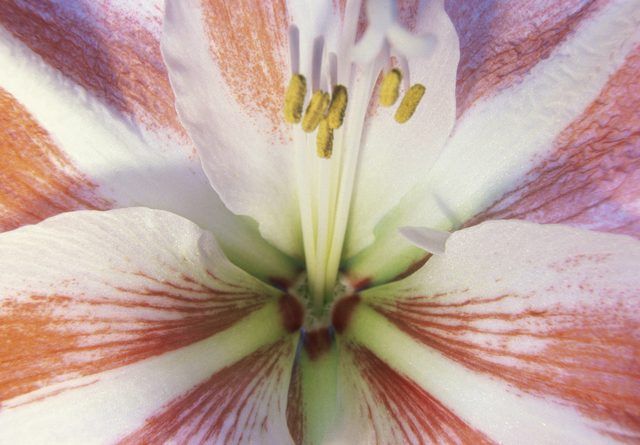Bulbs
Flower Basics
Flower Beds & Specialty Gardens
Flower Garden
Garden Furniture
Garden Gnomes
Garden Seeds
Garden Sheds
Garden Statues
Garden Tools & Supplies
Gardening Basics
Green & Organic
Groundcovers & Vines
Growing Annuals
Growing Basil
Growing Beans
Growing Berries
Growing Blueberries
Growing Cactus
Growing Corn
Growing Cotton
Growing Edibles
Growing Flowers
Growing Garlic
Growing Grapes
Growing Grass
Growing Herbs
Growing Jasmine
Growing Mint
Growing Mushrooms
Orchids
Growing Peanuts
Growing Perennials
Growing Plants
Growing Rosemary
Growing Roses
Growing Strawberries
Growing Sunflowers
Growing Thyme
Growing Tomatoes
Growing Tulips
Growing Vegetables
Herb Basics
Herb Garden
Indoor Growing
Landscaping Basics
Landscaping Patios
Landscaping Plants
Landscaping Shrubs
Landscaping Trees
Landscaping Walks & Pathways
Lawn Basics
Lawn Maintenance
Lawn Mowers
Lawn Ornaments
Lawn Planting
Lawn Tools
Outdoor Growing
Overall Landscape Planning
Pests, Weeds & Problems
Plant Basics
Rock Garden
Rose Garden
Shrubs
Soil
Specialty Gardens
Trees
Vegetable Garden
Yard Maintenance
History of the Amaryllis Flower
The Amaryllis is a seasonal bloomer discovered in the early 18th century. Growers soon hybridized the plant, creating the many blooms found in today's market.

The Amaryllis (Hippeastrum), a seasonal bloomer that does best in U.S. Department of Agriculture plant hardiness zones 8 to 10, has a decidedly Greek name. The flower was discovered in the early 18th century. By the mid 1700s the hybridization process was in full swing, resulting in the showy flowers on the market today.
Origin of the Names
The poet Virgil used the name Amaryllis to describe a shepherdess in an ancient Greek poem. The name was soon attached to the original flower, Amaryllis belladonna. The Latin word "amaryso" means to sparkle. The name "Hippeastrum" means "horse star," which is another apt description of the star-shaped, showy flowers.
Today, plants in the Hippeastrum family that are called amaryllis are hybrids of the true Amaryllis belladonna. The latter flower is sometimes found in gardens, but it is referred to as the belladonna lily or the naked lily. Over time, the name switch was made by growers and sellers. The two plants look much alike, with the main difference seen in the flower stems. On the belladonna lily, the stems are solid, while those in the Hippeastrum genus have hollow stems.
Plant Description
The group Hippeastrum has roughly 75 species of flowers that are called amaryllis. The blooms can be solid reds and pinks, or whites with multi-colored spots and bands. These are bulb plants that like full sun to partial shade and well-drained, organically rich soils. Plants are usually started indoors in early spring and then moved outdoors by late spring, but that timing can vary with the climate. Each bulb sprouts one long flowering stem, usually 12 to 18 inches tall. At the top, 2 to 6 flowers bloom. The long, rather thin leaves start growing after the flowers begin to open.
Garden Uses
In many parts of the United States, amaryllis is typically grown as a houseplant. One exception is Florida, where tropical plants tend to do well. They are often grown in clumps, sometimes as an accent for evergreen shrubs. The contrast of the bright flowers does wonders for curb appeal. Amaryllis is also found on terraces, in borders or framing an entryway, either as a group planting or single plants.
The Christmas Flower
Amaryllis flowers are often a cherished Christmas tradition. The bulbs are planted around Thanksgiving, towards the end of November. By Christmas, the flowers are ready to bloom. Arriving at a friend's house with this colorful potted flower is a lovely gesture. For the avid gardener, showing up with a giant amaryllis bulb and all the planting fixings, available at most gardening shops this time of year, is even better.